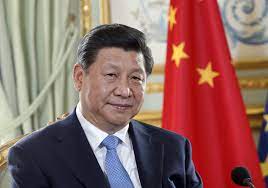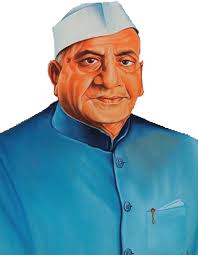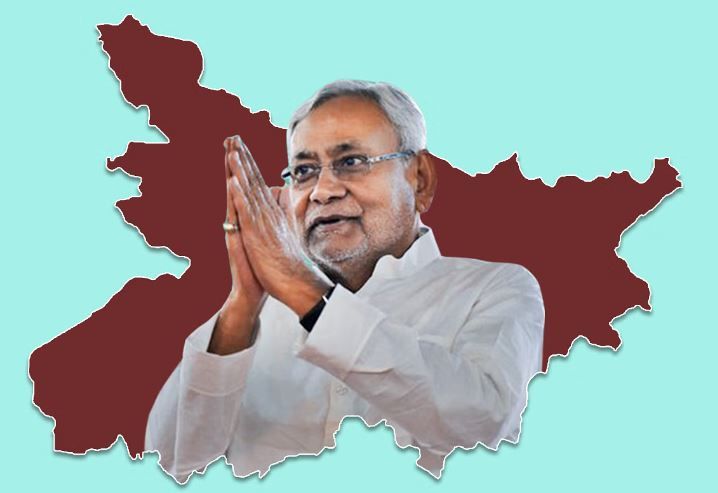Xi Jinping, the current President of the People’s Republic of China and General Secretary of the Chinese Communist Party (CCP), has played a pivotal role in shaping China’s domestic policies, foreign relations, and global influence. His leadership style, political ideologies, and initiatives have had far-reaching implications not only for China but also for the international community. In this detailed exploration, we will delve into Xi Jinping’s background, rise to power, key policies, challenges faced, and his impact on China and the world.
Early Life and Political Background
Xi Jinping was born on June 15, 1953, in Beijing, China, into a family with strong revolutionary credentials. His father, Xi Zhongxun, was a prominent communist revolutionary leader and former Vice Premier of China. Xi Jinping’s early exposure to communist ideology and revolutionary principles influenced his worldview and political beliefs.
Despite his privileged background, Xi Jinping experienced the tumultuous periods of Chinese history, including the Cultural Revolution (1966-1976), which disrupted millions of lives and shaped the political landscape of China. He spent time in rural areas as a “sent-down youth,” a program initiated during the Cultural Revolution where urban youth were sent to rural areas for reeducation and to experience life among peasants.
Xi Jinping’s early experiences instilled in him a sense of resilience, adaptability, and a deep understanding of China’s diverse social and economic realities, which would later influence his policy decisions as a leader.
Rise to Power within the CCP
Xi Jinping’s political career within the CCP began in the 1970s, and he steadily climbed the party ranks through various provincial leadership positions. His tenure as the Party Secretary of Fujian Province (2000-2002), Zhejiang Province (2002-2007), and Shanghai Municipality (2007-2007) showcased his administrative abilities and commitment to economic development and party discipline.
In 2007, Xi Jinping joined the powerful Politburo Standing Committee, the highest decision-making body within the CCP. His elevation to this elite circle signaled his positioning as a potential successor to Hu Jintao, the then General Secretary of the CCP and President of China.
Assumption of Top Leadership Positions
Xi Jinping’s ascent to the top leadership positions in China began in 2010 when he was appointed as Vice President of China under President Hu Jintao. This role provided him with valuable experience in national governance and foreign affairs, setting the stage for his eventual rise to the highest offices in the country.
In November 2012, Xi Jinping officially assumed the positions of General Secretary of the CCP and Chairman of the Central Military Commission, consolidating his authority as the paramount leader of China. In March 2013, he was elected as the President of the People’s Republic of China by the National People’s Congress, completing his transition to the pinnacle of Chinese political power.
Xi Jinping’s Political Ideologies and Governance Style
Xi Jinping’s leadership style and political ideologies have been characterized by several key principles and initiatives, often referred to collectively as “Xi Jinping Thought on Socialism with Chinese Characteristics for a New Era.” These principles include:
- Xi Jinping’s Core Leadership: Xi Jinping’s consolidation of power within the CCP and his emphasis on centralized leadership have led to comparisons with past leaders like Mao Zedong and Deng Xiaoping. His leadership is characterized by a strong personality cult and an assertive approach to governance.
- Chinese Dream: Xi Jinping has articulated the concept of the “Chinese Dream,” which emphasizes national rejuvenation, economic prosperity, and a strong China on the global stage. The Chinese Dream envisions a modern, socialist China that is economically powerful, technologically advanced, and globally influential.
- Anti-Corruption Campaign: One of Xi Jinping’s signature initiatives has been a far-reaching anti-corruption campaign targeting high-ranking officials within the party, military, and state-owned enterprises. The campaign, while popular among the public for addressing rampant corruption, has also been criticized for its political motivations and lack of transparency.
- Belt and Road Initiative (BRI): Xi Jinping’s administration launched the ambitious Belt and Road Initiative in 2013, aiming to enhance infrastructure connectivity, trade, and investment across Asia, Africa, and Europe. The BRI has become a cornerstone of China’s foreign policy and economic diplomacy, although it has also faced scrutiny over debt sustainability and geopolitical implications.
- National Security and Ideological Control: Under Xi Jinping’s leadership, China has tightened control over national security, cyberspace, and ideological narratives. Policies such as the National Security Law in Hong Kong, enhanced internet censorship (the Great Firewall), and ideological campaigns promoting “socialist core values” reflect the CCP’s efforts to maintain political stability and control dissent.
Economic Policies and Reform Agenda
Xi Jinping’s economic policies have focused on maintaining sustainable economic growth, promoting innovation and technology development, and advancing China’s position as a global economic powerhouse. Key initiatives and policies under his administration include:
- Supply-Side Structural Reform: Xi Jinping has advocated for supply-side structural reforms to address issues such as overcapacity in traditional industries, promote innovation-driven growth, and improve the quality and efficiency of the economy.
- Made in China 2025: This initiative aims to transform China into a global leader in high-tech industries such as robotics, artificial intelligence, new energy vehicles, and biotechnology. It emphasizes domestic innovation, research and development, and strategic investments in critical sectors.
- Dual Circulation Strategy: Introduced during the COVID-19 pandemic, the dual circulation strategy emphasizes a shift towards relying more on domestic consumption and innovation (internal circulation) while remaining engaged in global trade and investment (external circulation). It reflects China’s adaptation to external economic challenges and changing global dynamics.
- Financial Reform and Opening-Up: Xi Jinping’s administration has pursued gradual financial liberalization, including reforms in the banking, insurance, and capital markets sectors. Efforts to attract foreign investment and participation in Chinese markets continue, albeit with a focus on enhancing regulatory oversight and risk management.
Foreign Policy and Global Influence
Xi Jinping’s foreign policy approach has been characterized by a mix of assertiveness, economic diplomacy, and strategic pragmatism. China’s expanding global influence across political, economic, and security domains reflects Xi’s vision of a “Community of Common Destiny” and China’s role as a responsible major power. Key elements of China’s foreign policy under Xi Jinping include:
- Assertive Regional Policies: China’s assertiveness in regional maritime disputes, especially in the South China Sea, has raised tensions with neighboring countries and drawn international scrutiny. The construction of artificial islands, military deployments, and maritime territorial claims reflect China’s pursuit of strategic interests in its periphery.
- Multilateral Diplomacy: Xi Jinping has championed multilateralism and global governance reform while asserting China’s role in international organizations such as the United Nations, World Trade Organization, and Asian Infrastructure Investment Bank. China’s participation in global initiatives like climate change mitigation (Paris Agreement) and peacekeeping operations highlights its growing global responsibilities.
- Technological Ambitions and Competition: Xi Jinping’s emphasis on technological innovation and “civil-military fusion” underscores China’s aspirations to become a global leader in emerging technologies such as artificial intelligence, 5G telecommunications, and quantum computing. This has led to competition and geopolitical tensions, particularly with the United States and its allies, over technological supremacy, intellectual property, and cybersecurity.
- Bilateral Relations and Belt and Road Initiative: China’s engagement with countries






